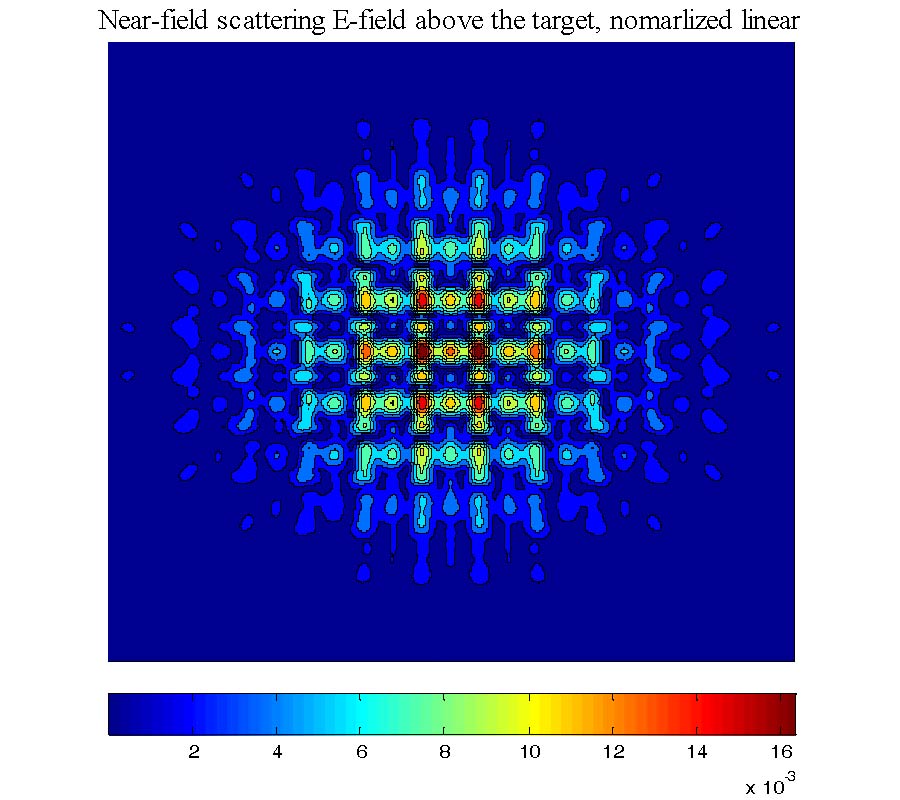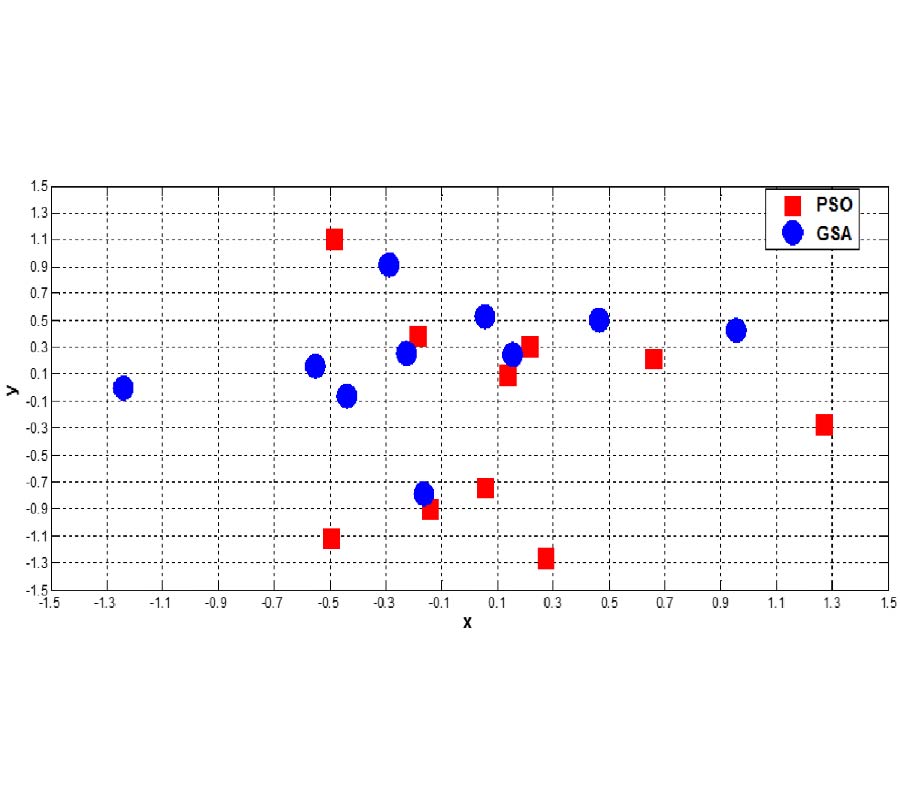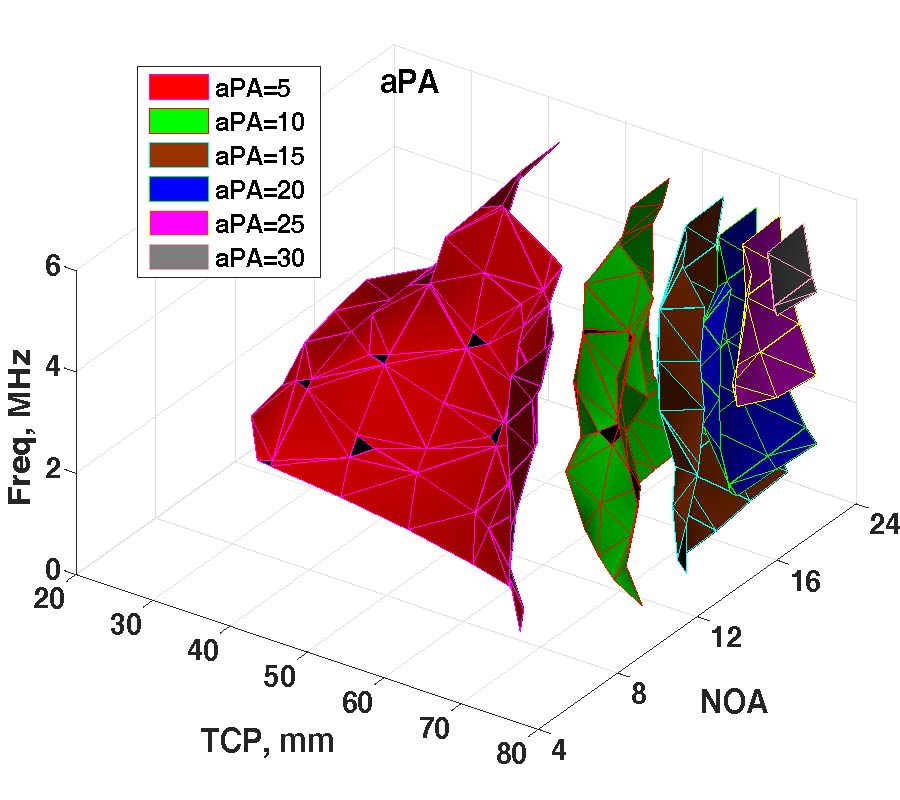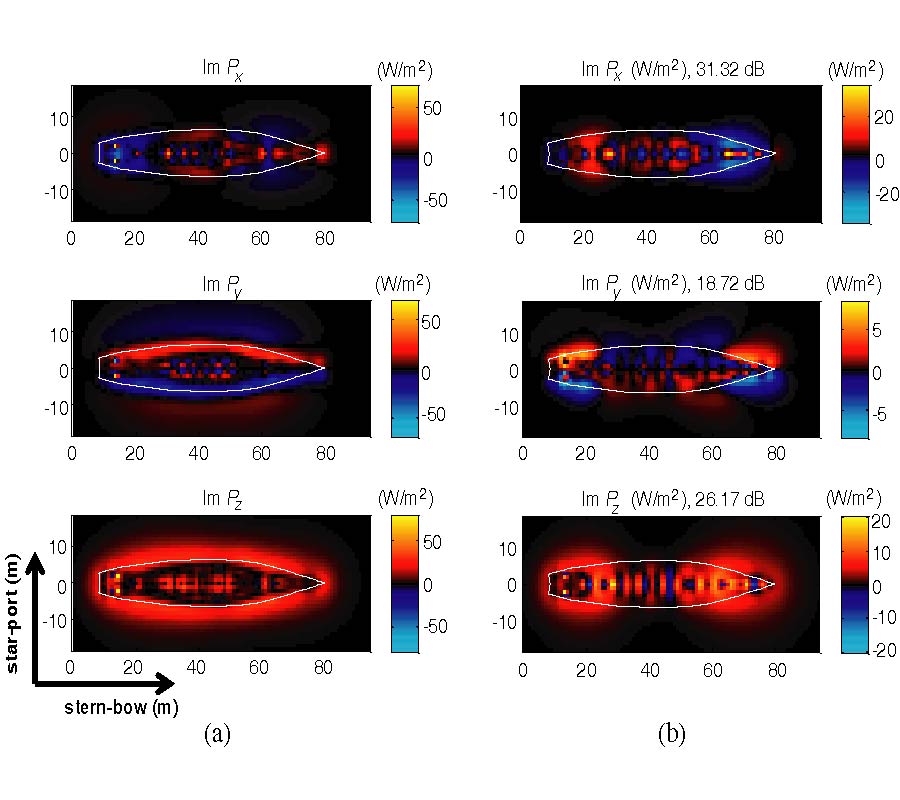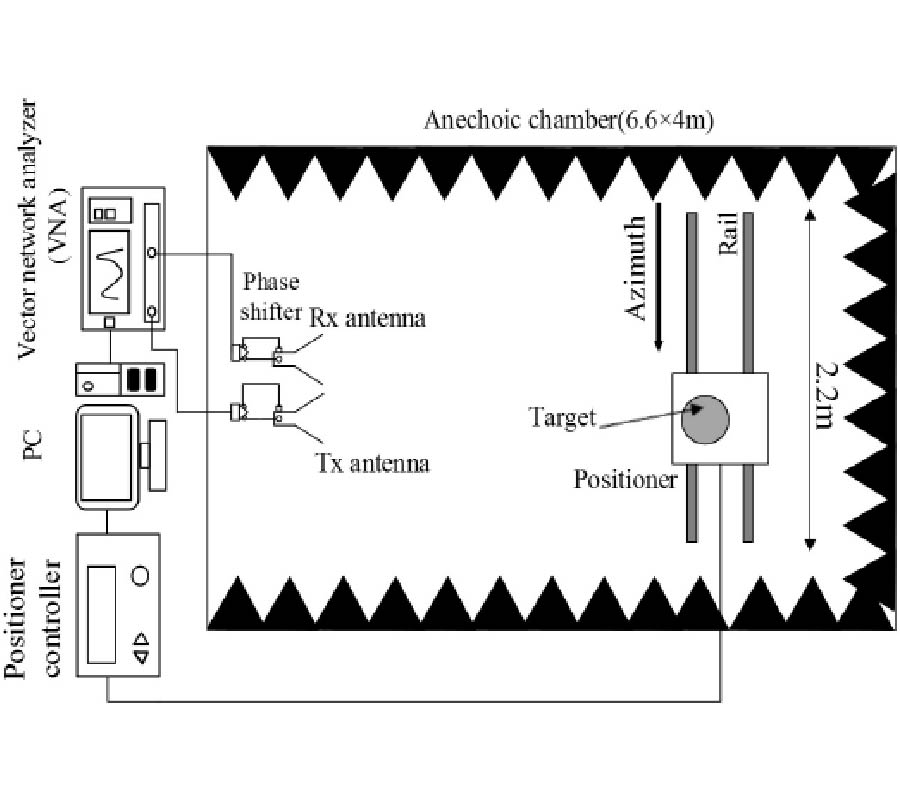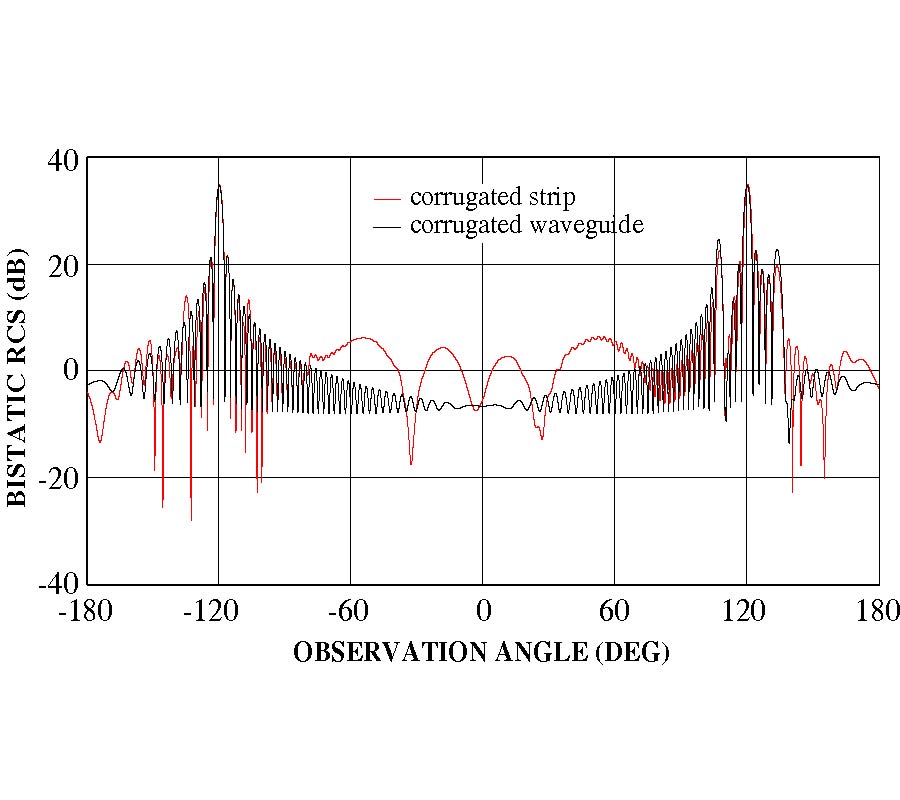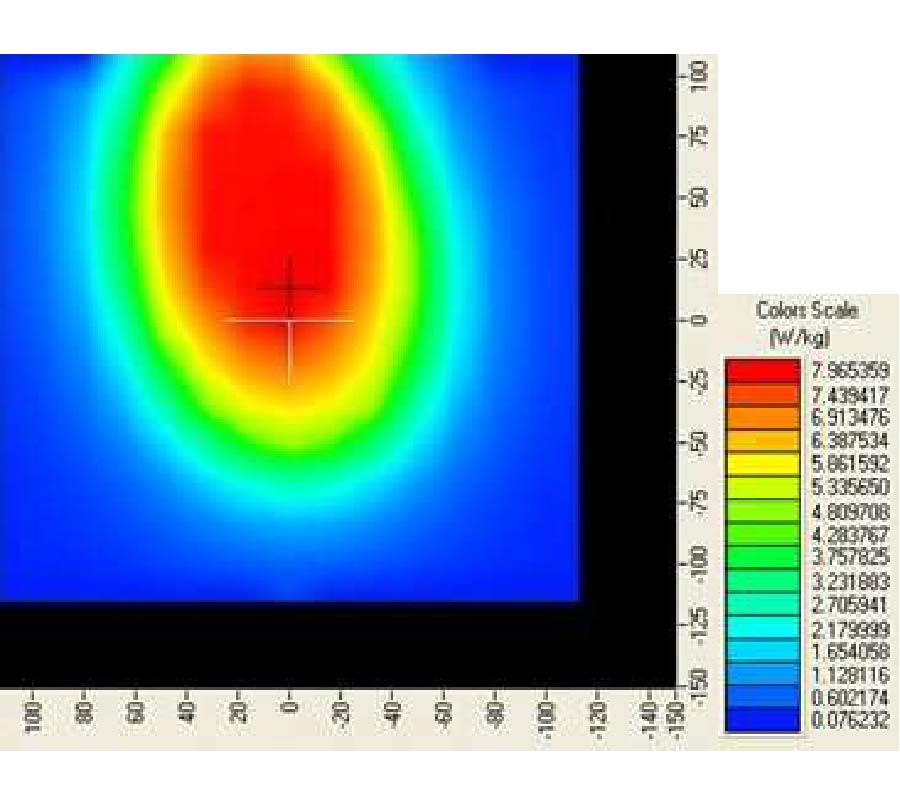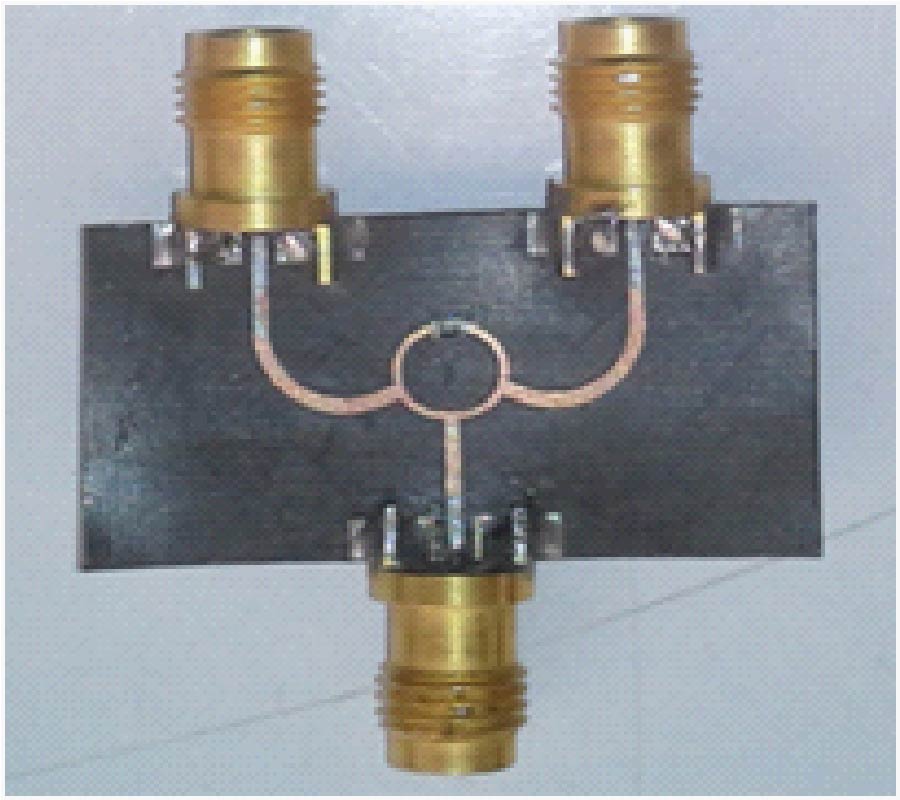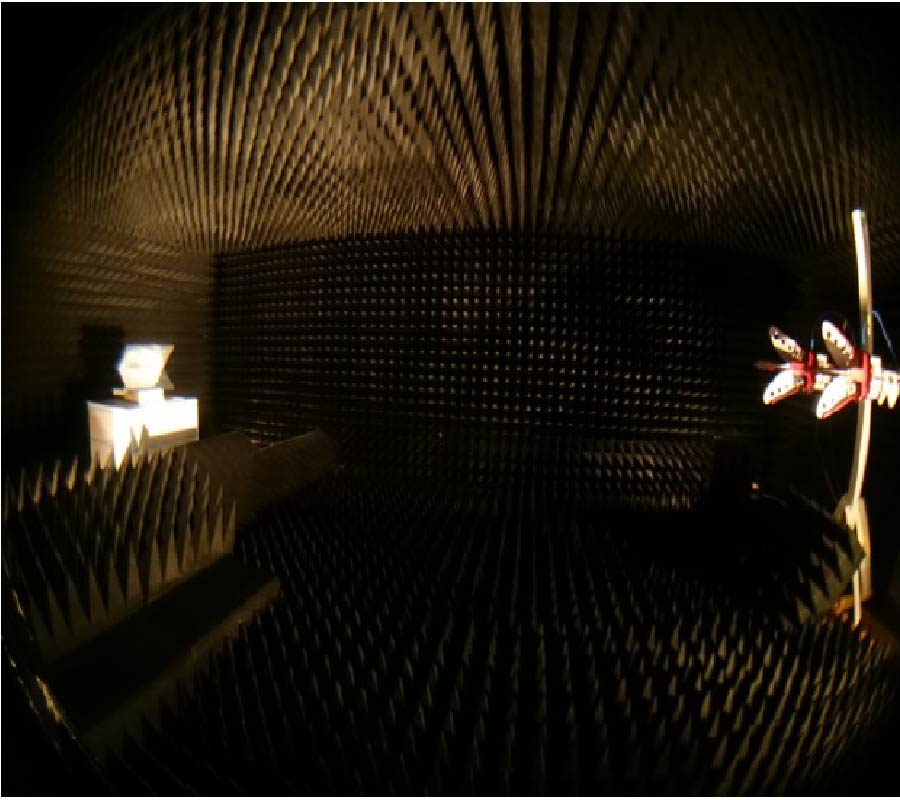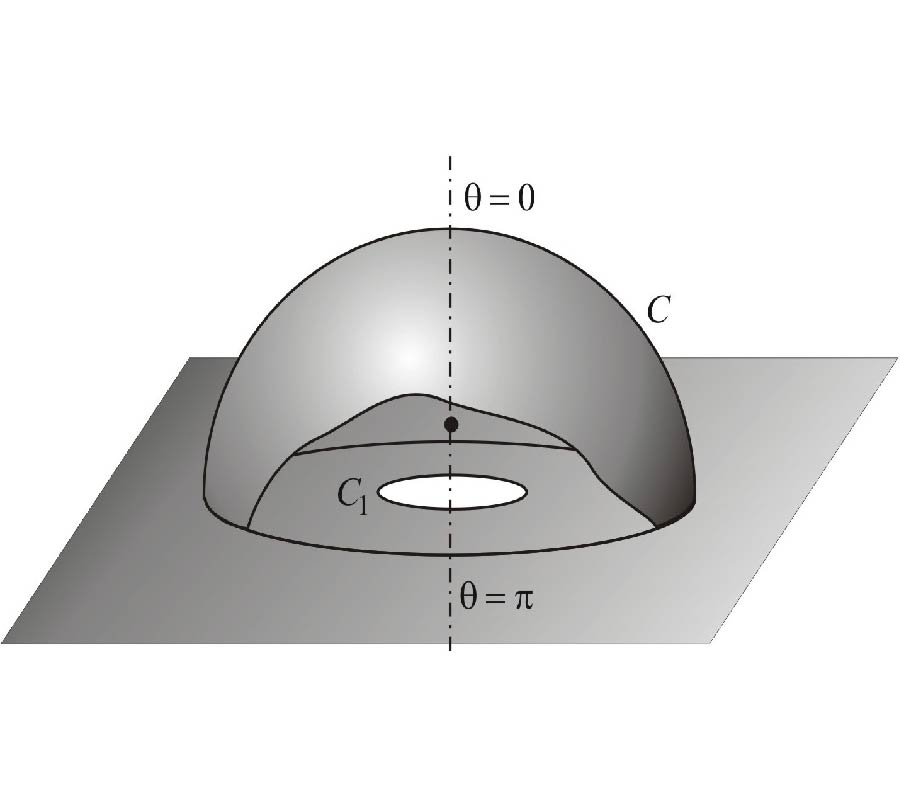2017-03-31 Latest Published
By Qingsong Gao
Yuan Tao
Chunyan Jing
Ming Jin
Dong Xia
Ming Bai
Progress In Electromagnetics Research B, Vol. 73, 147-161, 2017
Abstract
The calibration target is a vital instrument for calibrating space-borne microwave radiometers, and its emissivity performance must be accurately determined before usage. Based on the Kirchhoff's law of thermal equilibrium, the emissivity of a calibration target can be determined from its electromagnetic reflectivity, which is defined as space integration of scattering. However, due to the general shape of periodic coated sharp pyramids, the scattering from calibration targets shows Floquet mode properties with scattering lobes in upper space. That phenomenon must be considered in the reflectivity measurement of calibration target, especially in the mono-static backscattering configuration. To support such backscattering-based reflectivity measurement, the Floquet mode and scattering patterns from periodic unit and finite-sized array are investigated by numerical simulations, more specifically, by the finite-difference time domain (FDTD) algorithm. The investigations include the scattering power distributions among scattering lobes from coated and bare pyramid arrays, and the ratio of total reflection to backscattering in cases of typical parameters. It is found in the millimeter wave region that the scattering power from bare pyramids is still concentrated in the backscattering lobe in the mono-static configuration, while for the coated pyramids the scattering power is distributed around Floquet modes. For the considered geometry and coating parameters, the power ratio of total scattering to backscattering can be more than 10 dB at the cared frequencies. After all, the numerical results provide referencing correction factor for actual measurement studies. It is also validated by numerical results and suggested in practice, to use periodic simulations of low computational burden to evaluate the compensation factor for the mono-static reflectivity measurement.
